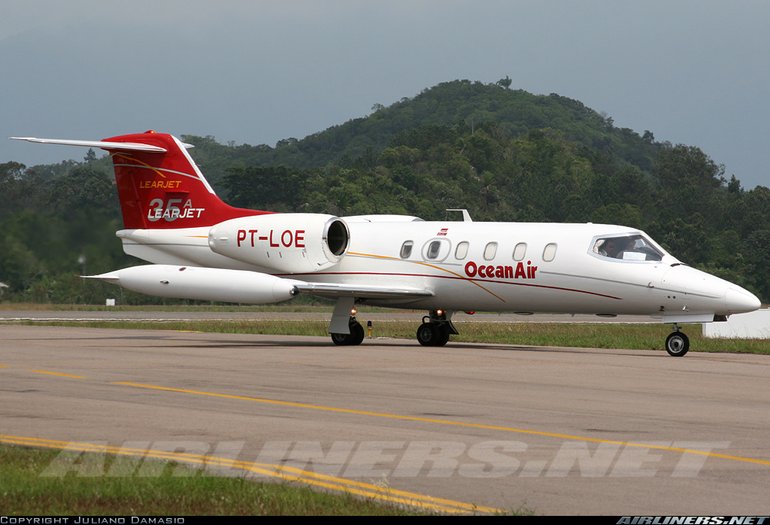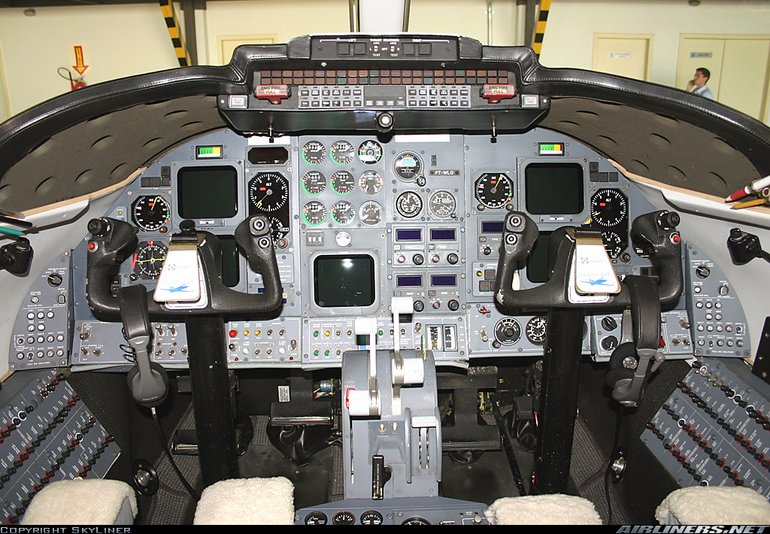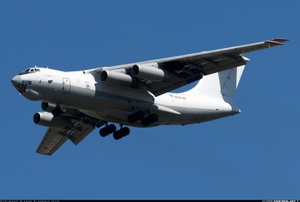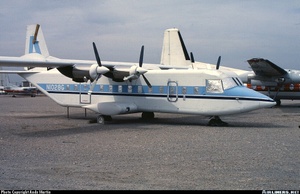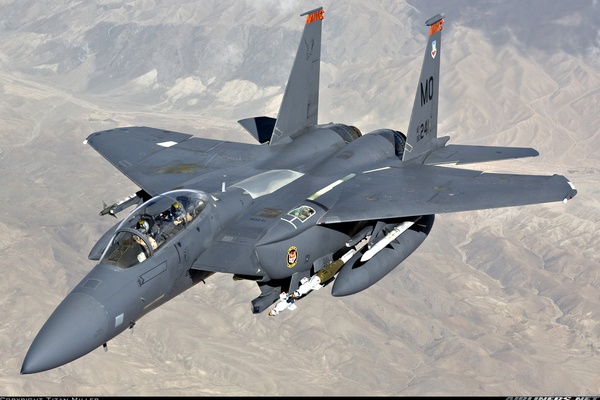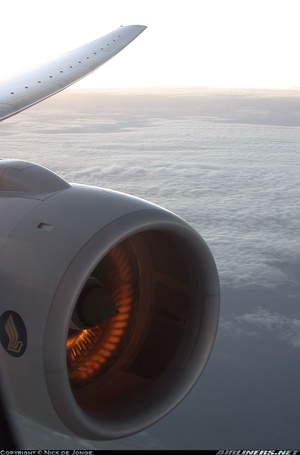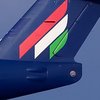Learjet 31/35/36
Details
Country of Origin
United States of America
Type
Light corporate jets
History
The Learjet 35 and 36 are stretched, turbofan powered developments of the initial Learjet models, the 23, 24 and 25.
The availability of the Garrett AiResearch TFE731 turbofan in the late 1960s led to a development of the Learjet 25 that was initially known as the 25B-GF (Garrett Fan). A testbed Learjet 25 with a TFE731 on its left side flew in May 1971, while the definitive Learjet 35 prototype first flew on August 22 1973.
Aside from turbofans, the 35 and longer range 36 differ from the earlier Learjet 25 in having a 0.33m (1ft 1in) fuselage stretch and five windows (instead of four) on the right side of the fuselage. The Learjet 35 has seating for up to eight, but has less fuel than the longer range 36, which can only seat up to six, as both types share the same maximum takeoff weight. The 35 and 36 were certificated in July 1974.
Improvements to the two models led to the 35A and 36A from 1976, with higher standard max takeoff weights. Both models remained in production until 1994.
Development of the 35 and 36 range was taken one step further with the Learjet 31, which combines the 35/36's fuselage and powerplants with the more modern wing of the 55 (now also on the 60) and delta fins under the tail. A 31 development aircraft first flew in May 1987 and certification was awarded in August 1988.
The improved 31A and 31A/ER are later production models, the 31A/ER being an extended range variant with a higher maximum takeoff weight and more fuel. A new interior with increased headroom was introduced in 1995. The 200th 31A was delivered in October 2000.
Learjet became a Bombardier subsidiary in 1990.
Powerplants
35/36 - Two 15.6kN (3500lb) Garrett (now AlliedSignal) TFE731-2-2B turbofans.
31A - Two Honeywell TFE731-2-3Bs.
Performance
35A/36A - Max speed 872km/h (470kt), max cruising speed 852km/h (460kt), economical cruising speed 774km/h (418kt). Service ceiling 41,000ft. Range with four passengers, max fuel and reserves 4070km (2195nm) for 35A, 4673km (2522nm) for 36A.
31A - Max cruising speed 891km/h (481kt), typical cruising speed at 45,000ft 832km/h (450kt). Max certificated altitude 51,000ft. Range with two crew, four passengers and IFR reserves 2344km (1266nm), or 2752km (1486nm) for 31A/ER.
Weights
35A/36A - Empty equipped 4590kg (10,120lb), max takeoff 8300kg (18,300lb).
31A - Empty 4651kg (10,253lb), operating empty 5035kg (11,100lb), max takeoff 7030kg (15,500lb), or optionally 7711kg (17,000lb).
31A/ER - Max takeoff 7711kg (17,000lb).
Dimensions
35/36 - Wing span (over tip tanks) 12.04m (39ft 6in), length 14.83m (48ft 8in), height 3.73m (12ft 3in). Wing area 23.5m2 (253.3sq ft).
31A - Same except for wing span 13.35m (43ft 10in). Wing area 24.6m2 (264.4sq ft).
Capacity
Flightcrew of two. Seating for up to eight in main cabin in 35 and 31, or up to six in 36A. Some aircraft configured as package freighters.
Production
738 Learjet 35s and 36s were built, including 674 model 35s and 64 model 36s. Included in the 35s total are 84 C-21A delivered to the US Air Force and the Air National Guard. One more C-21A was acquired by the US Army as an ex civil aircraft.
246 Learjet 31s were built.
At late 2002 630 Learjet 35s, 15 36s and 235 31s were in service.
Related Links
Learjet 31/35/36
The backbone of this section is from the The
International Directory of Civil Aircraft by Gerard Frawley
and used with permission. To get your own copy of the book
click here.
